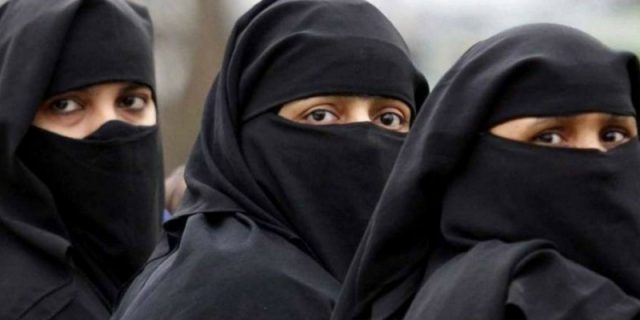With everyone, the government, the Muslim Personal Law Board, and the Muslim women’s movement claiming victory with the recent case of Shayara Bano v. Union of India[1], the question that still remains is whether declaring the practice of triple talaq unconstitutional would ameliorate the condition of Muslim women more than what the invalidation has done. The Supreme Court of India back in 2002 in the case of Shamim Ara v. Union of India invalidated the practice of instantaneous triple talaq on the ground that in order to pronounce an effective talaq, reconciliation is a sine qua non. The same was cited in the apex court’s judgment on 22nd August when it declared the practice of triple talaq unconstitutional with a majority of 3:2.
Though the rationale given by the majority judges differed, with Kurien Joseph, J. declaring it unconstitutional on the basis of Article 25 and Rohintan Nariman and U.U. Lalit, JJ. declared it violative of Article 14, Article 15 and Article 21. What they seemed to have missed is the understanding of intersectionality. The judgment is being seen as ‘historic’ because it has allowed constitutional and liberal rights within the domain of personal laws. In my opinion such a discourse creates an image that rights of the Muslim women can be only guaranteed by confrontation with the Muslim identity. Such a divide has always proved to be detrimental to women as somewhere in this meta truth of good and evil, oppressive and civilized, the experiential realities of women are obliterated. It is important to understand that the “Muslim women subject” is formed from the very community which allegedly subjugates her. Basically in case of Muslim women Article 14, 15 or 21 cannot be understood to give a universal definition of equality or life applicable to all women. The conception of equality must also be informed by the difference in experiences of the women. It has to be understood that neither human rights are universal nor apolitical. In fact they can sometime, though unconsciously, become the political tool of oppression. Therefore the idea of equality which pitches the two identities which she is made from, against each other can never be a feminist achievement.
The best example of confrontational politics leading to actual victimization of the woman in question was the Shah Bano Case. The case pertained to maintenance to the Muslim wife after talaq had been pronounced. The court resorted to Section 125 CrPc to grant her maintenance of a paltry sum of Rs.179.20 per month. It was seen by them as an attack on their cultural believes and faith and was perceived as a means to impose the hegemonic idea of uniformity and universality on them. During this period the Muslim woman was situated within these sharply drawn binaries and was called upon to choose between her religious beliefs and community affiliations at one end and her gender claims at the other, which was indeed a difficult choice her. Shah Bano declared that she would instead be a devout Muslim rather than claim maintenance.
Such a statement warrants introspection from both the side of the controversy. The woman who was presented as the face of oppression of the Muslim community declined the relief given to her. It is important to appreciate her subject position of not just being a woman but a Muslim woman. Let us hope that this judgment also does not create many other Shah Bano’s by feeding to the rhetoric of culture vs. modernity debate.
[1]It was a batch of petition as well as Supreme courts own suo moto PIL.






